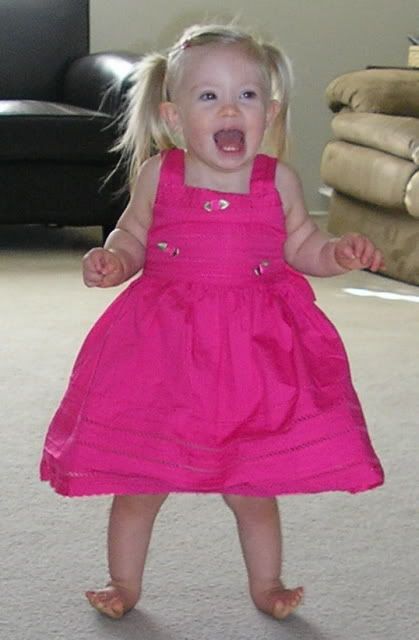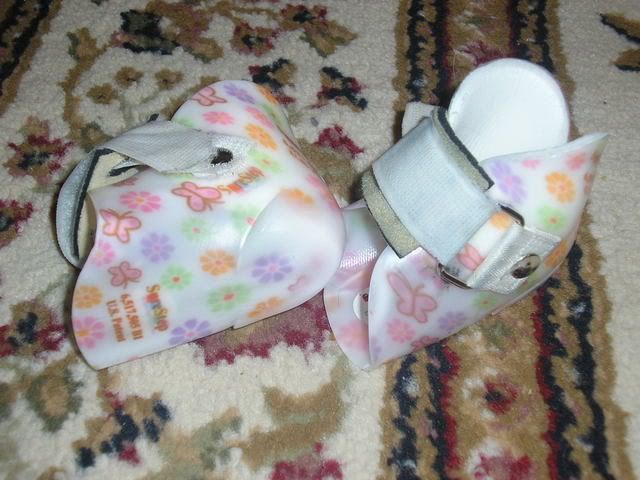Want to Feel Good? Donate Your Hair!
 Over the last year, I have had two precious little girls in my life receive a diagnosis of leukemia. Both girls are doing well and are both in remission. One will still be receiving chemotherapy over the next couple of years though to make sure she stays in remission. I haven’t been able to help my friend who is local with babysitting her other children during hospital stays and chemotherapy treatments because of the demands (and constant viruses) of my two children which has left me feeling inadequate and wishing I could do more. These little girls are amazingly brave and my heroes. Their mothers have been such an inspiration to me and I consider it a privilege to have them in my life!
Over the last year, I have had two precious little girls in my life receive a diagnosis of leukemia. Both girls are doing well and are both in remission. One will still be receiving chemotherapy over the next couple of years though to make sure she stays in remission. I haven’t been able to help my friend who is local with babysitting her other children during hospital stays and chemotherapy treatments because of the demands (and constant viruses) of my two children which has left me feeling inadequate and wishing I could do more. These little girls are amazingly brave and my heroes. Their mothers have been such an inspiration to me and I consider it a privilege to have them in my life!
Even though I haven’t been able to physically help in ways I wish I could, I decided that I had almost a foot of hair that I could share with the ever-so-fabulous organization, Locks of Love. Locks of Love is a nonprofit organization that helps disadvantaged children suffering from medical hair loss. Most of these children have cancer or alopecia, a medical condition which causes hair loss. As moms, we all know the important role our hair plays in our confidence level. Through hair donations, Locks of Love creates hairpieces for children (both girls and boys) whose families are not financially able to purchase these expensive hairpieces. I am so excited to have participated in this mission by donating 11 inches of my hair to Locks of Love.
I will be honest, parting with my hair was not easy! I scheduled my appointment several times and chickened out because I really loved my long hair. I finally sucked it up and went in to cut my hair and share it with someone who would enjoy it even more than I did. I am so glad I did. It feels amazing to help a child in such a special way. Taking a risk and trying a new hairstyle is a very small sacrifice compared to what these children have had to sacrifice against their will. Besides, new styles are always fun to try! Katie Holmes, Jenny McCartney, and Victoria Beckham have made the bob super trendy and it’s so much easier to fix than my long, layered hair!
Ways to support Locks of Love:

- The most obvious way to get involved is to donate at least 10 inches of your hair. If your hair donation is shorter than 10 inches, bleached (highlights usually use bleach) or is naturally gray, they cannot use it for the hairpieces for children, however you can still donate it to offset the manufacturing costs. For more detailed information, please visit: www.locksoflove.org.
- You can also support Locks of Love by sending monetary donations, which are tax-deductible.
- Albertson’s Grocery donates 4% of all purchases to Locks of Love when shoppers use a special key tag. To receive your keytag, send your name and address to: volunteer@locksoflove.org
- Purchase this super cute charity bear. Ten percent of the gross proceeds are donated to Locks of Love.
- If you live in the Palm Beach County, Florida area, volunteer your time at their office.
- If you know of a child who has a chronic medical condition causing hair loss and financially disadvantaged, you can send their information to Locks of Love. Forms and more information is on their website.
This list is not all inclusive. For more ways to help Locks of Love, please visit their website. I want to end this post with a beautiful statistic I found on Locks of Love’s website. It is estimated that 80% of hair donations to Locks of Love come from children who want to help other children. I hope that my daughter will join that statistic when her hair is long enough to donate!
Share the fun: Email + Del.icio.us + Digg + Technorati








